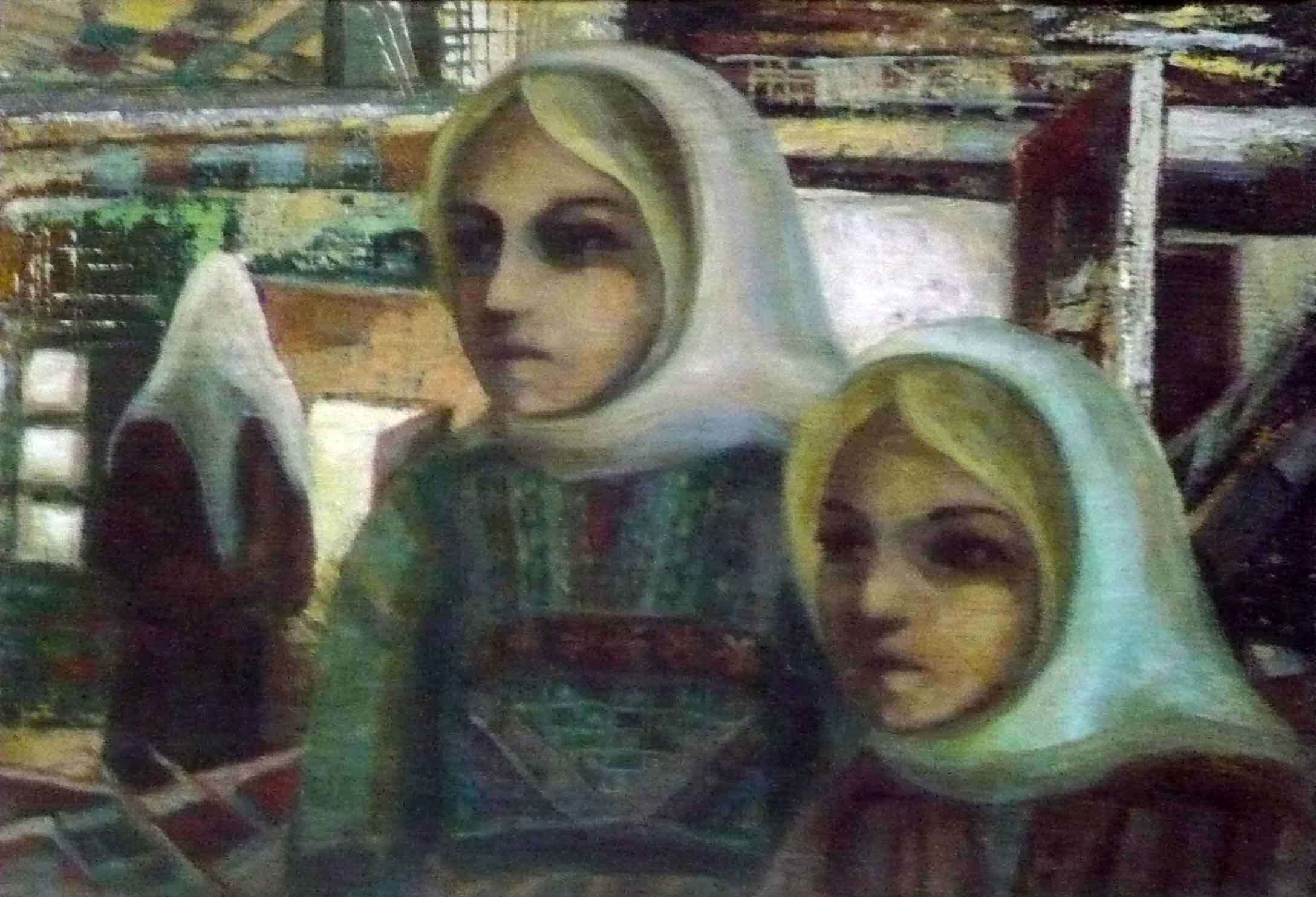YASER DWEIK

Yaser Dweik is a Palestinian visual artist born in 1940 in Hebron, Palestine and based in Amman, Jordan. He masters a wide-ranging artistic practice that includes painting, drawing, etching, and printmaking, and has received education in Fine Arts in Baghdad and Graphic Arts in Britain. Throughout his career, Dweik has taught art at various institutions, including Jordanian Community Colleges in Amman from 1973 to 1984 and worked as an instructor and supervisor in the field of Fine Arts in Dubai, UAE from 1985 to 1999. From 2000 to 2002, he served as the Senior Fine Arts Supervisor at the Ministry of Education and Youth in UAE. In addition to his work as an artist, Dweik has also written scripts for and presented more than forty TV episodes about visual arts in both Amman and Sharjah. He is a member of the Jordan Fine Arts Association.
During the early stages of his artistic career, Dweik focused on capturing the essence of Jerusalem and the daily life of people living in Palestine through his paintings. These works depicted the old souk and its arcades, alleyways, and mosques with minarets surrounded by clusters of houses with vaulted roofs. However, after the 1967 Arab-Israeli war, also known as the Naksa, which resulted in the Israeli military occupation of the West Bank and Gaza, Dweik was forced to flee Palestine and relocate to Jordan. This significant event in his life marked a turning point in the themes and subjects that he chose to explore in his artwork. Like many Palestinian artists who were displaced, Dweik used his art as a way to convey his feelings of grief, disappointment, and longing for return to his homeland. His paintings from this period often focused on themes of nostalgia, struggle, and loss, and featured imagery such as peasantry and women dressed in embroidered robes, which were commonly used by modernist artists in the 1970s as a symbol of the motherland.
As Dweik's artistic career progressed, he became more interested in the medium of etching and printmaking, and as a result, his work began to shift towards abstraction. This transition marked a departure from his previous formal, figurative style. In his print works, Dweik often incorporated blurry, black and white images, as well as calligraphic representations set against colorful backgrounds. He also created paintings that featured deconstructed, clustered buildings in an impressionistic style, using fragmented geometric shapes and gradations of color to convey a sense of movement and depth. In his mixed-media works, Dweik frequently used basic shapes, such as circles and discs, to represent the sun and moon, respectively. Some of his most powerful and emotionally charged pieces are those that use a monochromatic rustic palette to depict agonized human figures waiting for a chance to return to their homeland.
